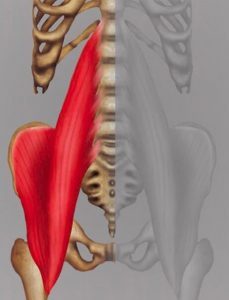
Chronic Back pain and the Psoas Muscle
How does chronic low back pain become chronic? This is a bit like asking why do we just keep changing the tyre on our car that continues to wear out instead of looking at the Alignment in the car in the very beginning.
Why are we treating low back pain where the pain is felt. Because musculoskeletal therapists are trained to do that. We have been educated in treating pain where the pain is felt. But this is not working.
The evidence that it is not working is the increasing number of people worldwide suffering from ongoing low back pain and the increase in the cost of WorkCover payouts for people that never get rid of back pain regardless of all of the conventional and recommended treatment regimes, they are exposed to. These protocols are based solely on focusing on where the back pain is felt without asking the question of why do we have back pain.
This 3-year study into back pain across the globe published in the prestigious medical journal The Lancet reports that our current treatments for back pain are lacking in evidence of effectiveness. See article below
The biomechanics of the Psoas muscles strategic placement along the lumbar spine makes it the prime contender to be the structure creating the compression forces over the lumbar spine resulting in damage to the discs, ligaments and nerves in that area.
This research paper [below] shows how the Psoas Major Muscle exerts huge compression and sheer forces on our low spine resulting in crumpling and severely shearing the lumbar spine.
Click here ANATOMY & BIOMECHANICS OF PSOAS MAJOR
This is why the Soaz Method does not treat back pain where it is felt, but rather the structures that create the damage in the low spine: the Psoas muscles.
Posturepro is the Home of the Soaz Method
Book your Free Assessment NOW!
Also, Download our FREE ebook “What Really Causes Back Pain”
and watch the video below & see how the psoas muscles work

